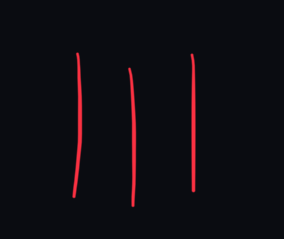It is hard to say. But one thing is sure: I think that labeling some chords like the one in red makes the chord look more important than it is. It also adds a visual clutter that gives the impression we are distancing ourselves from the musical event.
The reason for my approach goes deeper than this, but to put it casual and simple: I use the signs when necessary, and mostly to summarize form.
The use of function theoiry is most of the times didactic, but today- as a composer- I just read the chorale, if I want to study it, and i don’t paint everything with encripted signs…
As a student you might have the need to test a complete analysis similar like in the picture. This is meant to confirm that you have a “functional reading”.
This didactic purpose is, however, not the only purpose of analysis. We also want to tell why the music sounds good and how to imitate. For this reason you might perceive later how useless are the extensions of these signs: for this task general bass helps better. And these elements are so common in baroque music that is superfluous to mark them in a choral setting like this trying to use them to point the reason why the chorale is beautiful.
But this does not mean that “function theory and Bach are anachronic” as some partimento fundamentalists say.
When the ancients spoke about finalis and confinalis, this was already two concepts of “modal function”: these notes are meant to be understood in a functional hierarchy regarding a precise tone set. More importantly: this had crucial consequences for the building of form, and this is what harmony should aim for.
The red chord I would summarize as a dissonant (dim. 7th ) passing chord with dominant function: this is what we hear. That the dissonance is a ninth we can just read it on the score…
It is also the abreviated dominant-seventh-ninth chord, but this is more theoretical than practical.
